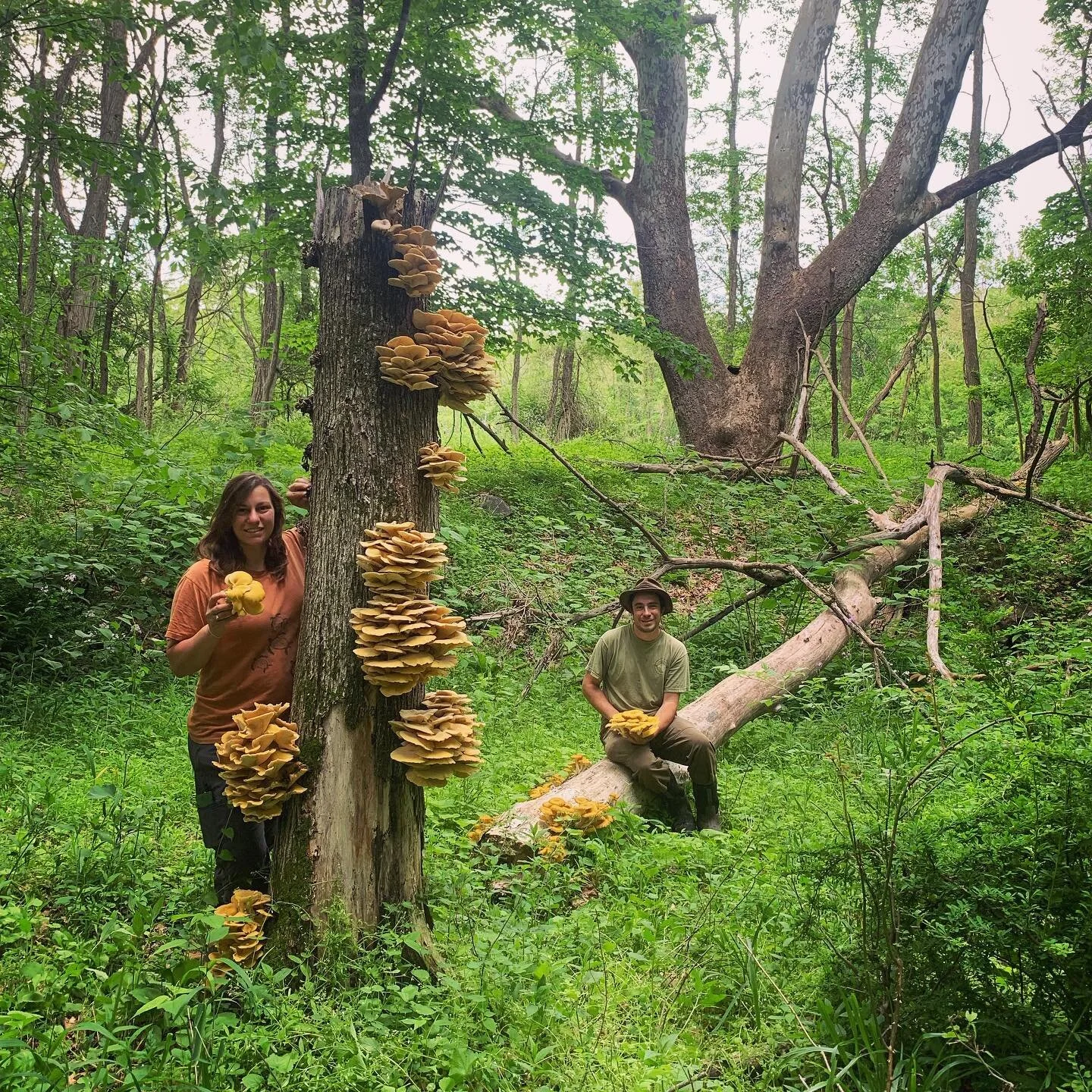ROOTED IN THE CATSKILLS
The power of ginseng delivered to you through a gianduja spread.
I grew up in the small town of Dormansville and attended Greenville HS. While there I became good friends with Anna P, a local to the area. These hot summer days remind me of the time we'd spend at Anna's family's campground in Freehold. Anna's father would shoot off fireworks while us teenagers would sneak Mike's Hard lemonade from the cooler. Tubing down the Catskill, heated shuffleboard tournaments and playing barefoot volleyball were all good marker of these hot summer days back then.
Anna graduated and went to Cornell to study Natural Resource Management. Soon after she got a job with American Ginseng Pharm, a company that sells ginseng to folks in China. AGP grows wild ginseng on leased property in the Catskills. Anna's parents didn't want to have to maintain as much of the property and Anna wanted to farm, so part of the campground was converted into an intensive herb growing operation (echinacea mostly), bordered by a forest abundantly innoculated with shiitake and oyster. Anna's family's property also happened to be a great habitat for growing wild ginseng.
So what's the big deal about ginseng? American ginseng (Panax quinquefolius) is a perennial herb native to the United States, which is also cultivated in China. It is thought that while ginseng that grows in China has stimulating effects, American ginseng is more calming. The root takes over four years to grow, but a typical root on the market is ten years or older fetching prices of $500 a lb or higher! In the wild it is at risk from turkeys and ginseng poachers who harvest the ginseng to sell. Finding truly wild ginseng commercially is close to impossible because of this and not suggested (reflecting the astronomical price) Due to over harvest, ginseng is protected by the Convention on International Trade of Endangered Species-- Fortunately I have friends that have been growing it in a "simulated" setting. This basically means that they find the perfect spot where ginseng would/could grow wild, but plant their own seed and make sure it doesn't get eaten. It is a complex process to grow ginseng without pesticides or herbicides and requires a lot of hands on maintenance.
Anna and her husband, Justin, recently started their own wild simulated farming operation on a piece of property behind "The Campground," separate from the company that they were growing for. Anna and Justin's new company, Wild Hudson Valley offers a monthly wild-harvest box that Anna and Justin wild cultivate on their land as well as guided nature walks and camping. Some of the previous CSA boxes have included milkweed shoots, fiddleheads, ramp scapes and even golden oyster mushrooms. It is truly an adventure to get one of these boxes and figure out what to do with all of the ingredients (Anna never forgets to bring me something fun to work with when she drops off at our chocolate shop). It's funny that these plants seem foreign to a lot of us, even though they've been growing all around us, forever!
That being said, American ginseng is not a very well known medicinal herb in the US but has gained popularity in the last 15 years. You may have seen the little brown vials in gas stations that sell for .99c, but this is usually Chinese ginseng, which is simply a bit different. Anna and Justin are some of the first and only people to be growing "wild simulated" ginseng in the North East. What they are doing is truly unique and you should follow what they're doing.
With such a special ingredient available, I wanted to figure out a delicious way to utilize it in combination with some other native plants, yet still prominently focus on the ginseng. My first thought was "hazelnuts!" and immediately my mind shifted to "Gianduja" (found in the form of Nutella, which I've been yearning to make). Well here it is!
This gianduja spread has been a fun challenge to make. Figuring out how to remove the skins from the hazelnuts has been the trickiest part. By delicately roasting and then "steaming" with a hot towel laid over top of the roasted nuts, the skins become a lot easier to peal off. We then food process the hazelnuts and add to our DCM wet grinder to grind with a touch of sugar for about 24 hours before we add the ginseng powder. Here are the results:
We suggest that you slightly heat the jar if you want it to look like this: you can stick in warm water for 10 minutes or put in the microwave for intervals of 30 seconds. Let us know what you think! Here is the link to purchasing a jar if this post has captivated you thus far:
Please share any recipes you have using our Botanical Hazelnut Spread! We'd love for you to try it.
You can also follow our friends at Wild Hudson Valley on Instagram here, Or check out some of their other offerings at their website and join their mailing list here.
Sources:
https://extension.psu.edu/history-and-cultivation-of-ginseng




